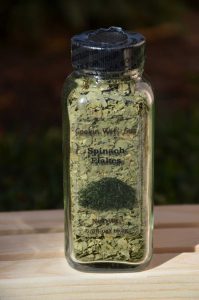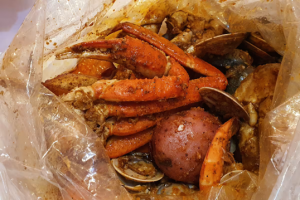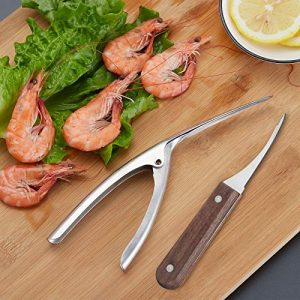Everyday Spices
For centuries, everyday spices have been one of the most essential ingredients in kitchens – they add flavor and aroma, enhance the taste of food, and even boost the colors in popular dishes. If you are looking for a little direction when it comes to spicing up your cuisine, this comprehensive guide will list common dried herbs and spices and their uses, so you can easily transform the simplest of dishes into culinary masterpieces.
Spices are used everyday to prepare the finest dishes and are paramount to making tasty dishes. Spices are generally used either whole or ground as flavor additives for both sweet and savory recipes. Dried spices have a more concentrated flavor than fresh spices. For most dried spices, use 1/4 to 1/3 the amount that is called for fresh spices.
Spices, Herbs & Seasonings have a very long history of aromatic, preservative, and healing effects. Spices originated from the Latin phrase “species aromatacea”, which translate to “fruits of the earth” later becoming a commodity that was traded in early commercial trade.
With a variety of uses, herbs have place both in medicine and in the culinary world. In some cultures, herbs are used for healing in their various forms for an array of illnesses. Their place in the culinary world is to add flavoring, similar to spices and seasonings. Some of the most common cooking herbs are uses as garnishes or are mixed in to add aromas and flavoring. Herbs are annual, biennial or perennial, which indicates how long they take to grow. Annual herbs take one year, Biennial herbs take two years to grow, and perennial takes more than two years to grow.
All spices are additive and preservative free.
“Life’s Good When You’re Cookin Wit’ Gus”
Showing 1–12 of 64 results
-
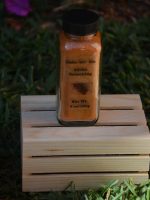
Adobo Seasoning
$4.29 Add to cart -
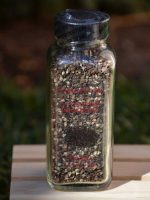
Black Pepper (1/4 Cracked)
$4.95 Add to cart -
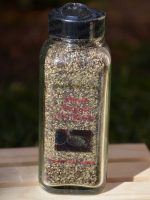
Black Pepper (25 Mesh)
$4.95 Add to cart -
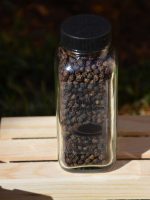
Black Peppercorns
$4.95 Add to cart -
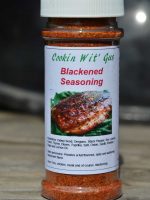
Blackened Seasoning 4.7oz
$5.95 Add to cart -
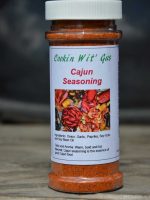
Cajun Seasoning 4.75oz
$5.95 Add to cart -
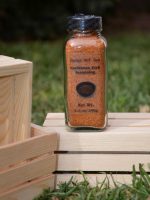
Caribbean Jerk Seasoning
$4.95 Add to cart -
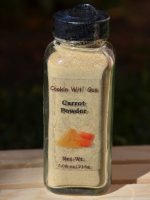
Carrot Powder
$4.95 Add to cart -

Cayenne Pepper (40m HU)
$4.95 Add to cart -
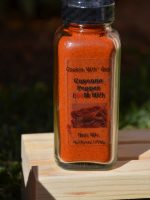
Cayenne Pepper (90m HU)
$4.95 Add to cart -

Celery Salt
$4.29 Add to cart -
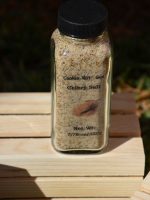
Celery Seed
$4.29 Add to cart


